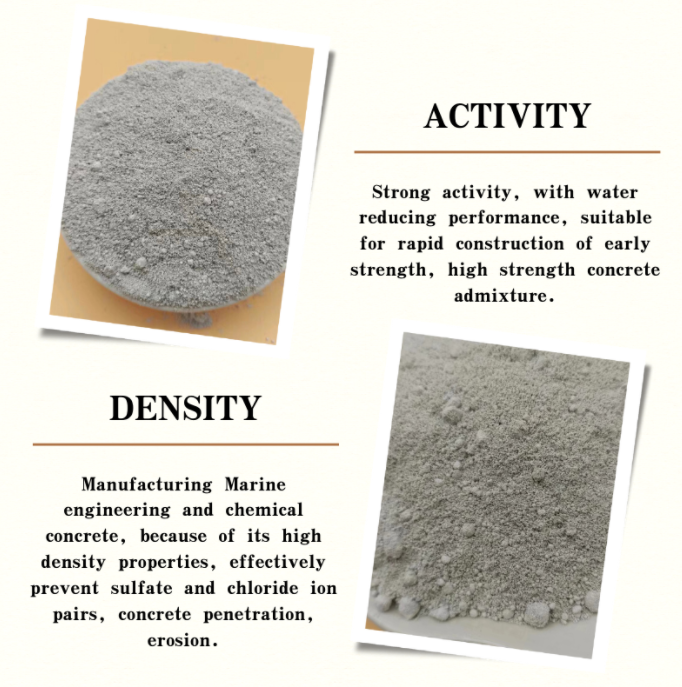
chemical formula for talc
Understanding the Chemical Formula of Talc
Talc, a naturally occurring mineral, is renowned for its unique properties and numerous applications across various industries. Its chemical formula, Mg3Si4O10(OH)2, reveals a great deal about its structure and composition. To break down the formula, we see that it consists of magnesium (Mg), silicon (Si), oxygen (O), and hydroxyl (OH) groups, which together give talc its characteristic qualities.
Talc is a hydrated magnesium silicate and forms part of the phyllosilicate mineral group. The presence of magnesium and silicon in its structure leads to talc's softness, which is one of its most defining features. This softness is quantified on the Mohs scale, where talc ranks as the softest mineral, sitting at a value of 1. This property makes talc an essential component in many applications, including cosmetics, pharmaceuticals, and paper manufacturing.
Understanding the Chemical Formula of Talc
In cosmetics, talc is commonly used in products like face powders, foundations, and baby powders. Due to its absorbent nature, talc helps reduce moisture and prevents skin irritation, making it an ideal choice in personal care formulas. However, the use of talc in cosmetic products has raised health concerns due to possible contamination with asbestos, a known carcinogen. As a result, stringent regulations have been established to ensure the safety of talc products.
chemical formula for talc

Moreover, talc's ability to absorb oil and enhance texture has made it a popular additive in the pharmaceutical industry. It acts as a filler, stabilizer, and anti-caking agent in tablets, ensuring that the medication maintains its efficacy and is easily consumable. The use of talc in these settings continues to be scrutinized, prompting further research and development of alternative materials.
Talc is also utilized in the production of ceramics, where its composition enhances the strength and durability of ceramic products. The ability to withstand high temperatures while maintaining structural integrity makes talc an essential additive in porcelain and stoneware.
Despite its many beneficial uses, the extraction and processing of talc must be conducted responsibly. Environmental concerns arise from mining activities, and there is ongoing research to find sustainable methods of talc extraction. Additionally, the health implications related to talc containing asbestos have led to calls for further innovation to create safe alternatives.
In conclusion, the chemical formula of talc, Mg3Si4O10(OH)2, is not merely a representation of its elemental composition; it is a testament to the mineral's unique properties and versatility. From its applications in personal care to manufacturing, talc plays an essential role in various industries. Continued research and adherence to safety standards will ensure that talc remains a safe and effective component in numerous products while safeguarding both human health and the environment.
Share
-
Premium Pigment Supplier Custom Solutions & Bulk OrdersNewsMay.30,2025
-
Top China Slag Fly Ash Manufacturer OEM Factory SolutionsNewsMay.30,2025
-
Natural Lava Rock & Pumice for Landscaping Durable Volcanic SolutionsNewsMay.30,2025
-
Custom Micro Silica Fume Powder Manufacturers High-Purity SolutionsNewsMay.29,2025
-
Custom Mica Powder Pigment Manufacturers Vibrant Colors & Bulk OrdersNewsMay.29,2025
-
Custom Micro Silica Fume Powder Manufacturers Premium QualityNewsMay.29,2025






